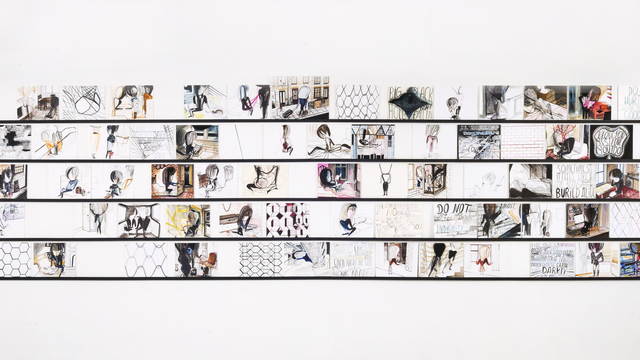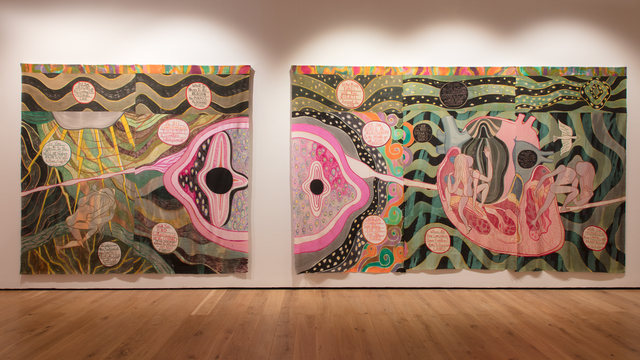
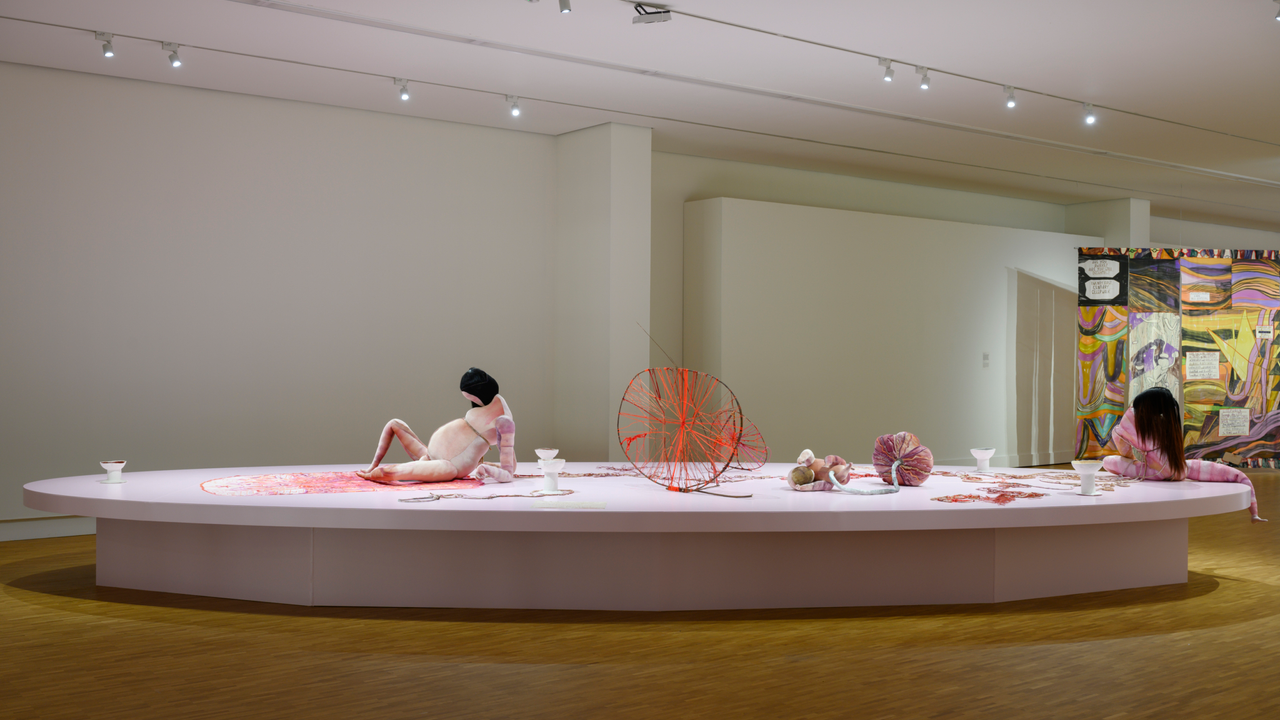

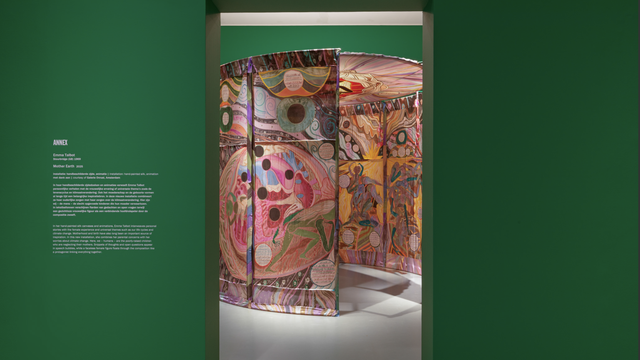
Emma Talbot
Good Mom, Bad Mom
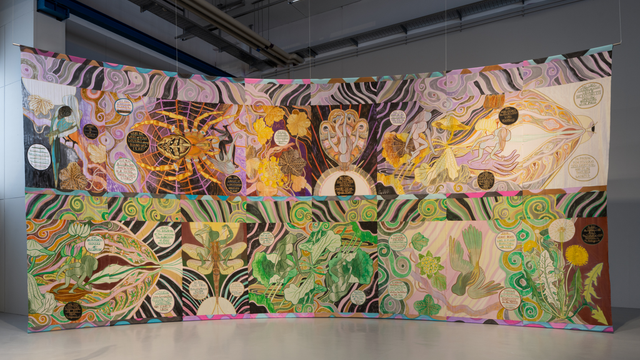
Emma Talbot
Are You a Living Thing That Is Dying or a Dying Thing That Is Living?
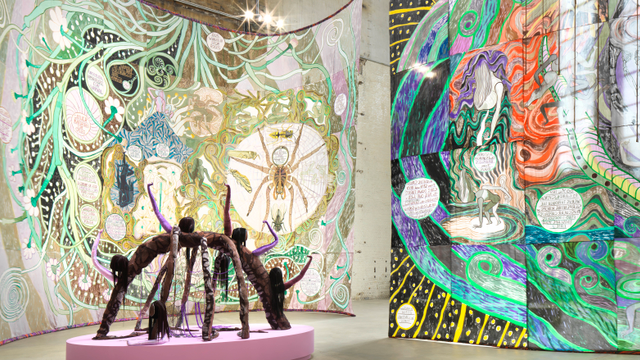
Emma Talbot
In the End, the Beginning
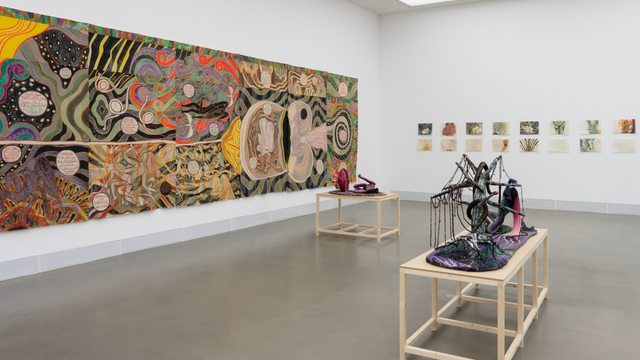
Emma Talbot
A JOURNEY YOU TAKE ALONE

Emma Talbot
Spaceship Earth (Plant Your Seeds of Hope)
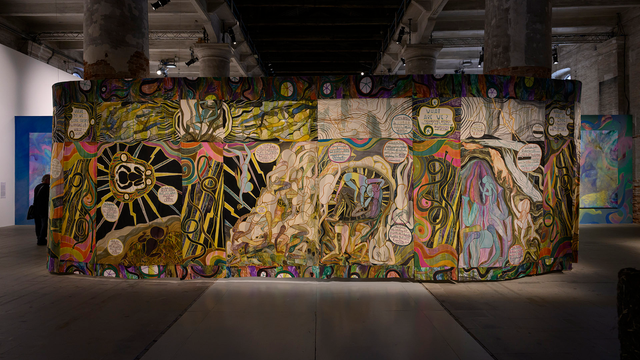
Emma Talbot
Venice Biennale 2022
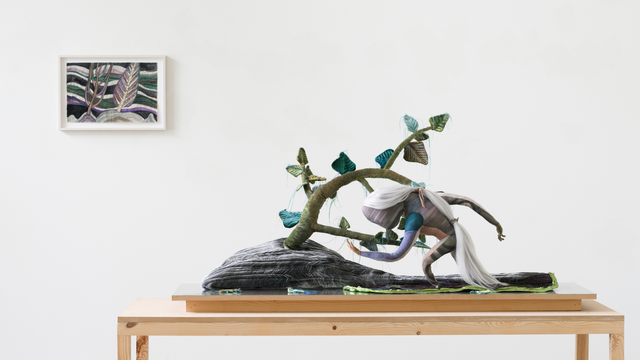
Emma Talbot
Mirrored Landscape
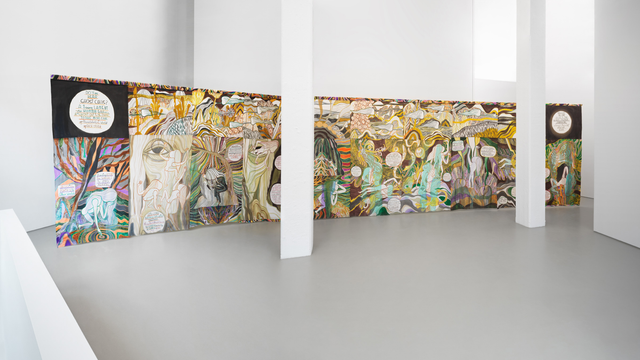
Emma Talbot
Let Poets Speak
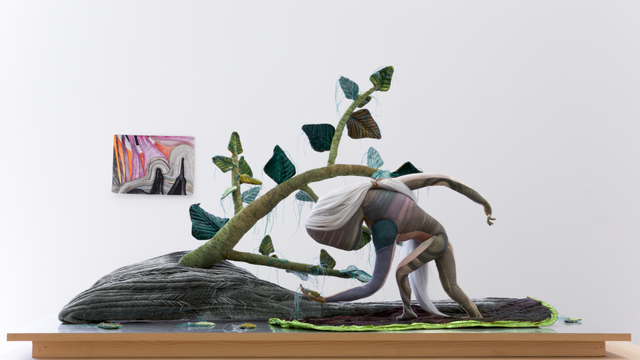
Emma Talbot
Ghost Calls and Meditations, Pasquart
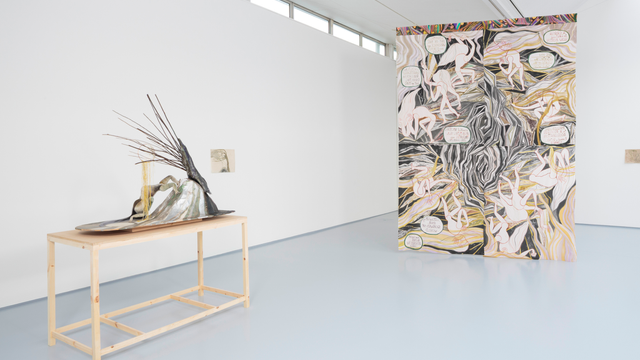
Emma Talbot
Ghost Calls, DCA
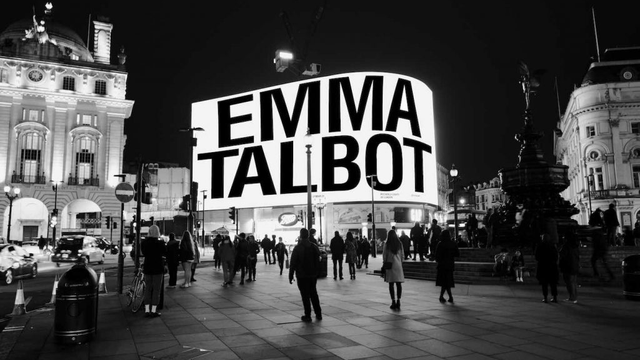
Emma Talbot
Visions of a Hopeful Future
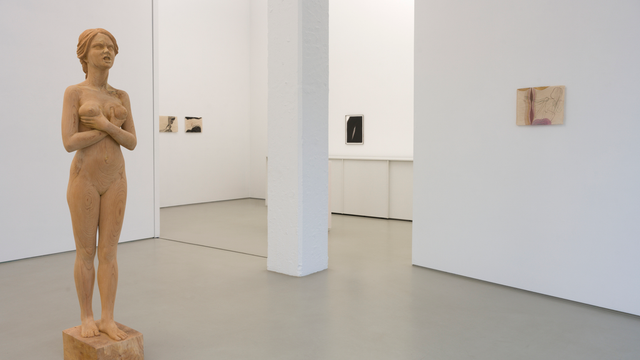
Emma Talbot, Elisabet Stienstra, Arnulf Rainer, Hans Hovy, Jugoslav Mitevski, Benjamin Roth
We Can't Go Back
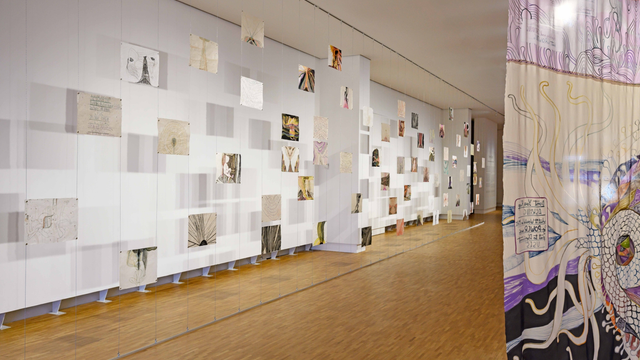
Emma Talbot
Sounders of the Depths, Kunstmuseum Den Haag
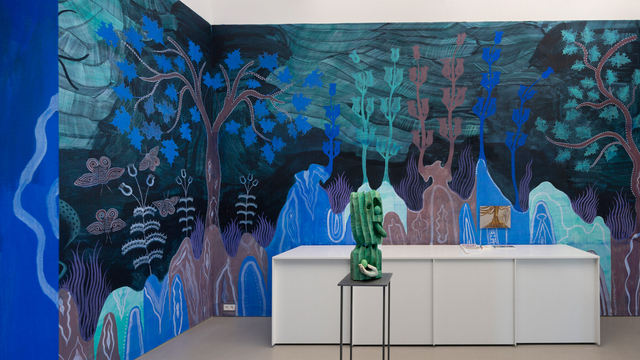
Emma Talbot, Gijs Frieling, Derk Thijs
Starhawk’s Backyard
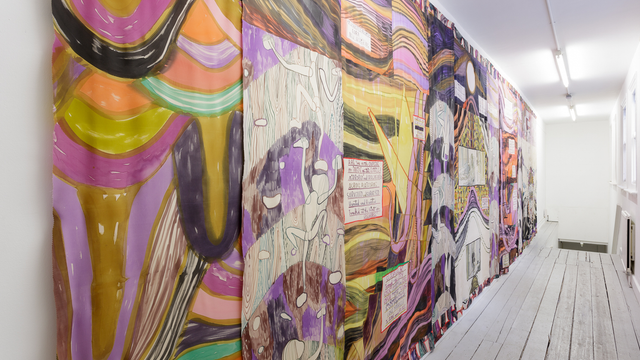
Emma Talbot
Do You Keep Thinking There Must Be Another Way, Mimosa House
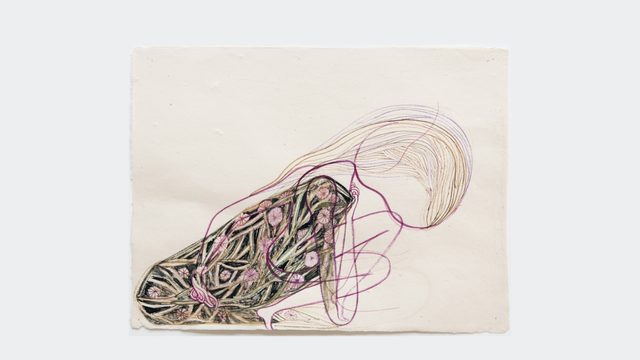
Emma Talbot
From the Inside Out, Drawing Room
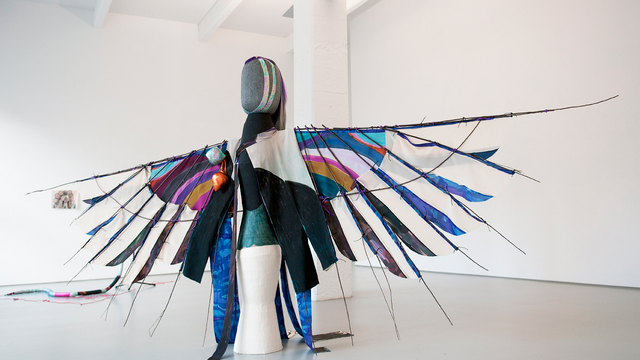
Emma Talbot
Woman – Bird – Snake
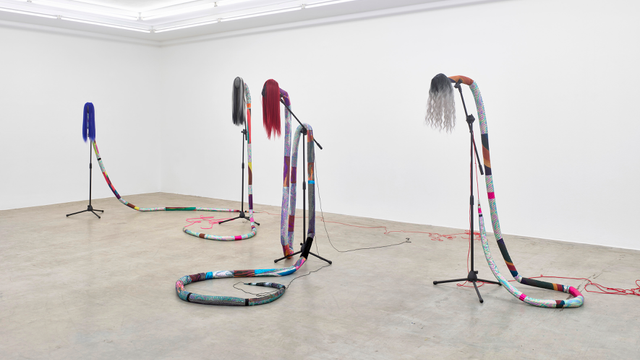
Emma Talbot
Open Thoughts, NAK

Emma Talbot
The World Blown Apart
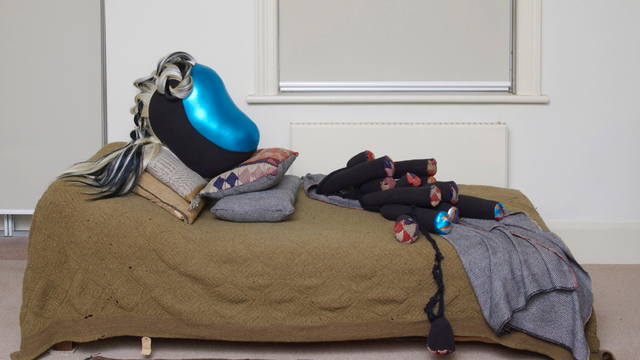
Emma Talbot
Unravel These Knots, Freud Museum
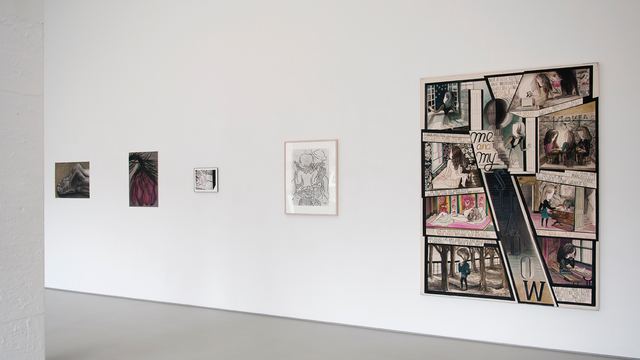
Emma Talbot, Ina van Zyl, William Copley
Group Exhibition
